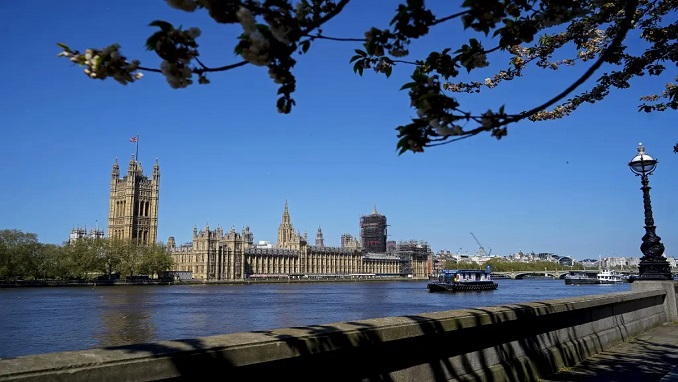
According to a study led by a UK research team from the University of York which probed the presence of pharmaceuticals in the world’s rivers, almost half the world’s rivers are polluted with antibiotics, antidepressants, tranquilizers, and other over-the-counter and prescription drugs.
The co-leader of the project, Dr. John Wilkinson, said that the Global Monitoring of Pharmaceuticals Project – with 127 collaborators across 86 institutions worldwide – is an excellent example of how the global scientific community can tackle large-scale environmental issues when together.
The research team was measuring the presence of 61 pharmaceuticals, including carbamazepine, metformin, and caffeine, in hundreds of rivers at 1,052 locations in 104 countries across the world, including London’s Thames and the Amazon in Brazil, making it the largest analysis of its kind.
While half of the rivers had been contaminated with drugs, the analysis showed potentially toxic levels to humans and threatens fish, wildlife, and local ecosystems in a quarter of the rivers.
Study authors detected various drugs in 50 out of 54 sampling sites just in the UK alone. The most common was the epilepsy drug carbamazepine which was found in nearly 70% of the rivers in the UK.
More than 43 percent of the world’s rivers displayed concerning levels of active pharmaceutical ingredients (APIs), 23 of which were exceeding the levels considered safe.
These chemicals, according to the study authors, enter the environment during their production, use, and disposal and are most likely to turn up in surface waters such as streams, rivers, lakes, reservoirs, and wetlands.
Dr. Wilkinson noted that one of the largest problems they’ve faced in tackling this issue is that almost all of the data focused on a select few areas in North America, Western Europe, and China, meaning they haven’t been very representative when monitoring these contaminants.
He stressed that they urgently need to tackle the global problem of pharmaceutical pollution if they want to fulfill the UN’s 17 Sustainable Development Goals, particularly Goal 6, ‘Clean Water and Sanitation’.




Be the first to comment